Can You Take a Convertible to the Track? Things to Consider
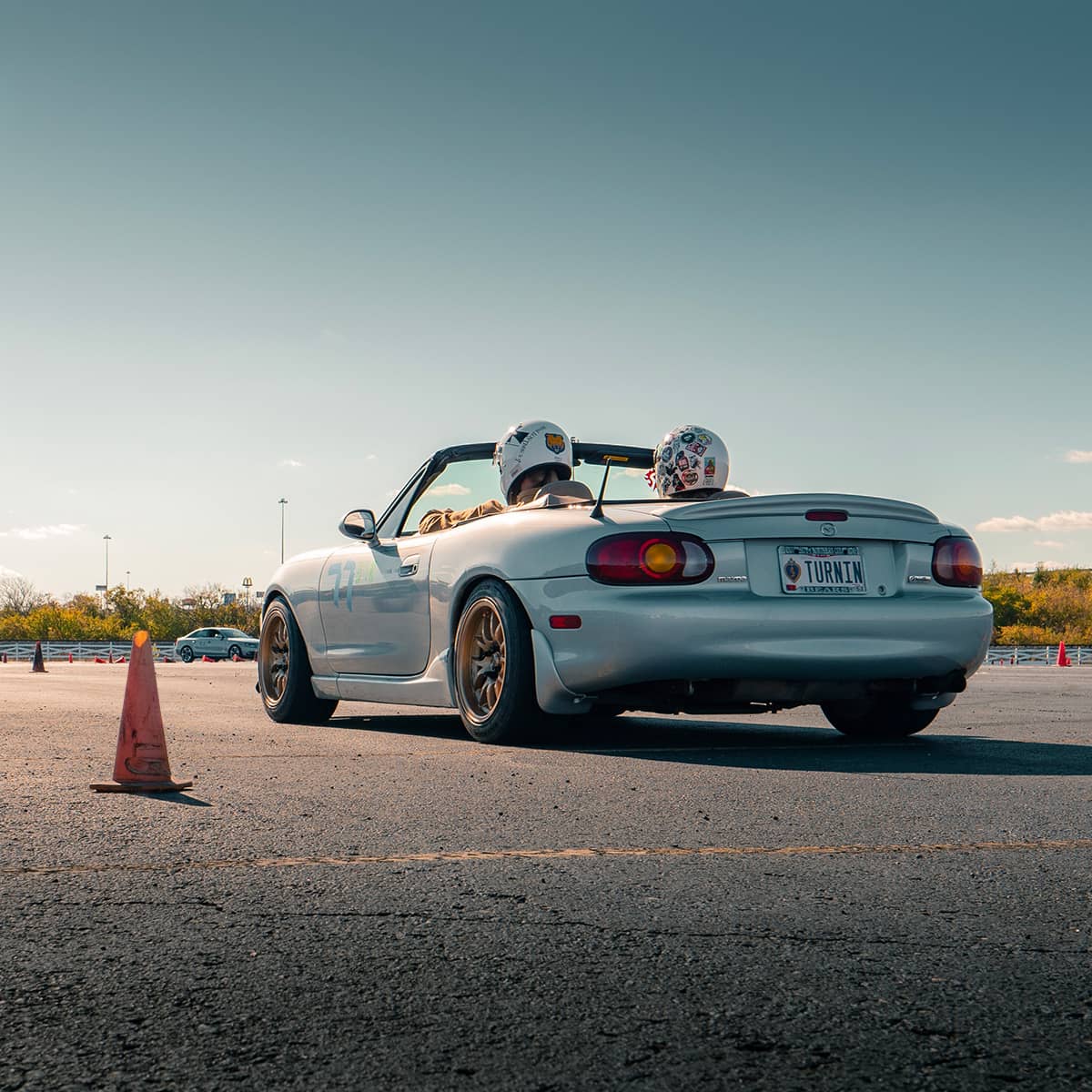
aRoaring around a racetrack with the top down and wind in your hair is a dream for many convertible owners. However, the question often comes up – can you safely drive a soft-top convertible on track? Many people assume that racetracks prohibit convertibles due to rollover risks or requirements for rollcages. The truth is that while some tracks place restrictions on drop-tops, there are also many convertible-friendly events, schools and club racing series that welcome cabriolets. With proper precautions taken, these thrilling open-air track cars can be piloted responsibly.
In this article, we’ll cover everything you need to know before taking your convertible onto the racing surface, from roll bar and track requirements to driving techniques and top up vs top down considerations. You’ll learn which tracks allow convertibles, where to find convertible run groups, what safety equipment to install, and tips for mitigating risks.
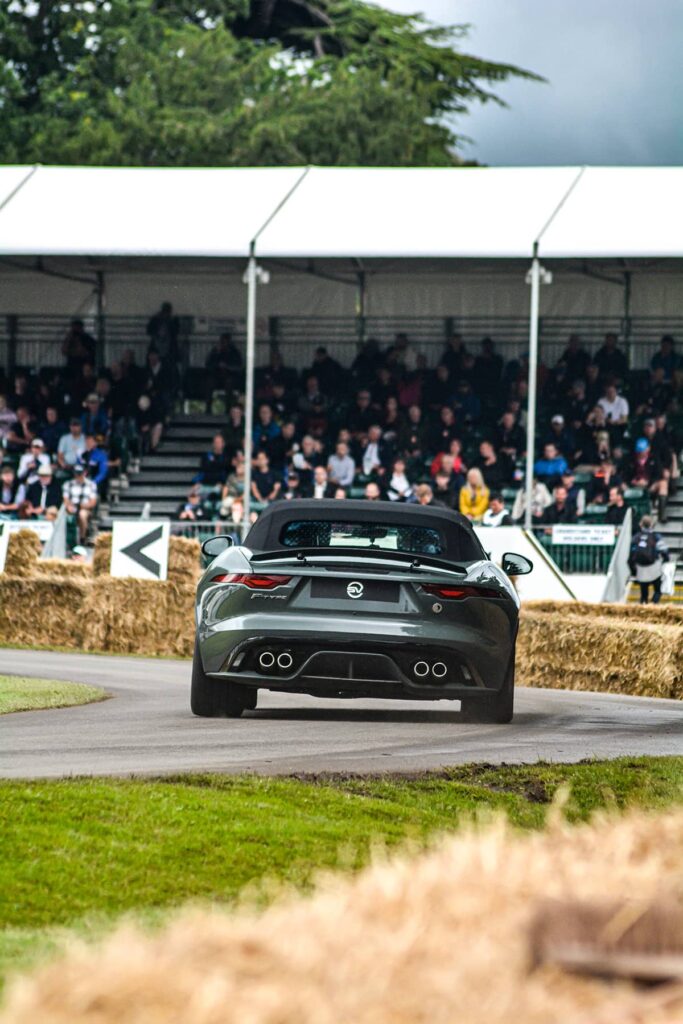
While extra care must be taken, we’ll show that with prudent preparation, there’s no reason you can’t enjoy track days while feeling the rush of wind through an open cockpit. So lower that top, buckle up, and read on to start your high-performance convertible journey!
Track Restrictions for Convertibles
Many racetracks have restrictions against soft-top convertibles due to safety concerns about rollover risk. However, not all tracks outright ban cabriolets.
Popular tracks with convertible restrictions:
- Speed SF at Laguna Seca – All convertibles must be equipped with roll over protection. Factory equipped roll over protection is allowed. All Miatas must have approved roll bars to be on the race track. Please contact us to make sure your convertible is allowed. Both Driver and passenger heads with helmets must be below the top of front windshield and roll bar.
- Willow Springs Driver’s Club – Cars without roll bars are only allowed in Novice group. Convertible tops must be up when on track. All other level cars must have proper roll bars or manufacturer type pop up roll bars.
While disappointing for drop-top enthusiasts, these restrictions are often in place for good reason on challenging tracks. But there are still many venues that do accommodate convertibles, as long as proper precautions are taken.

Rollbar and Rollcage Requirements
To mitigate rollover risk, most tracks require convertibles to have aftermarket rollover protection installed:
- Rollbars – Welded-in or bolt-in rollover hoops and struts behind the driver that provide protection in the event of overturn. Less intrusive than a cage.
- Rollcages – A more extensive welded-in framework around the entire cockpit to maintain chassis rigidity and fully protect occupants if the car rolls over.
- Helmets – Helmets are required on the majority of race tracks for open top vehicles.
Rollbar or cage specifications can vary depending on the organization and type of event.
When installing aftermarket protection, it’s wise to consult the requirements of the desired series and tracks. Using a reputable shop experienced in motorsports safety equipment is also highly recommended.
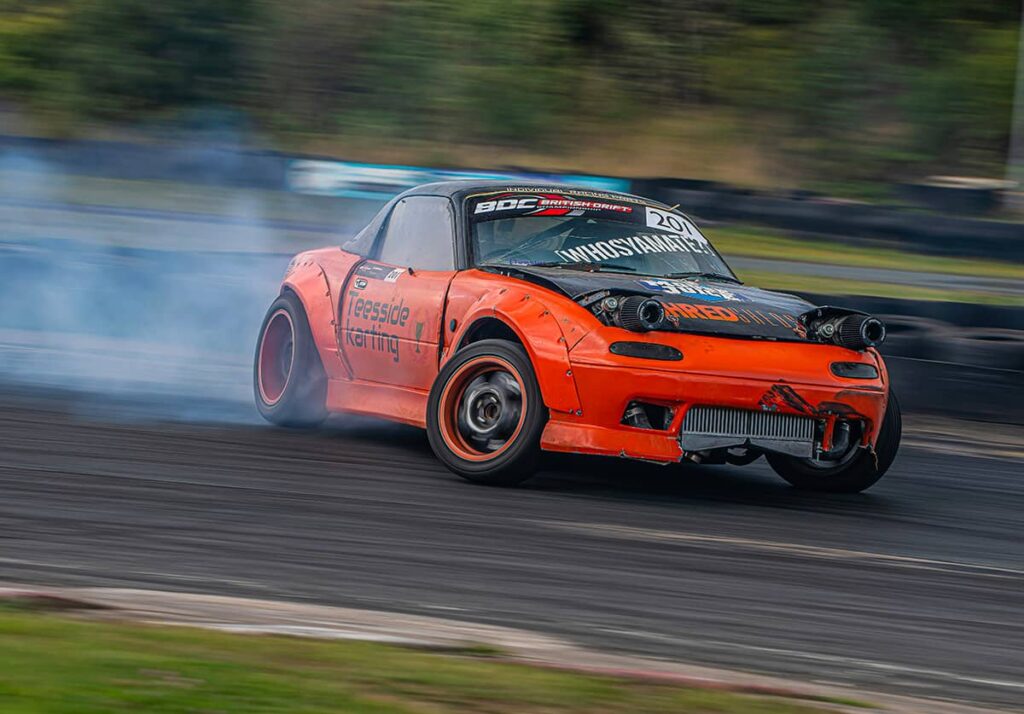
Convertible-Friendly Track Events
While some venues restrict soft-tops, there are numerous driving schools, HPDEs, and club racing series that host special convertible run groups or events.
Club Racing
- Porsche (PCA) happily accepts convertibles at their DEs
- BMW NA happily accepts convertibles at the Performance Center in SC
- Mercedes (MBCA) seems to accept “hard top” convertibles at their events
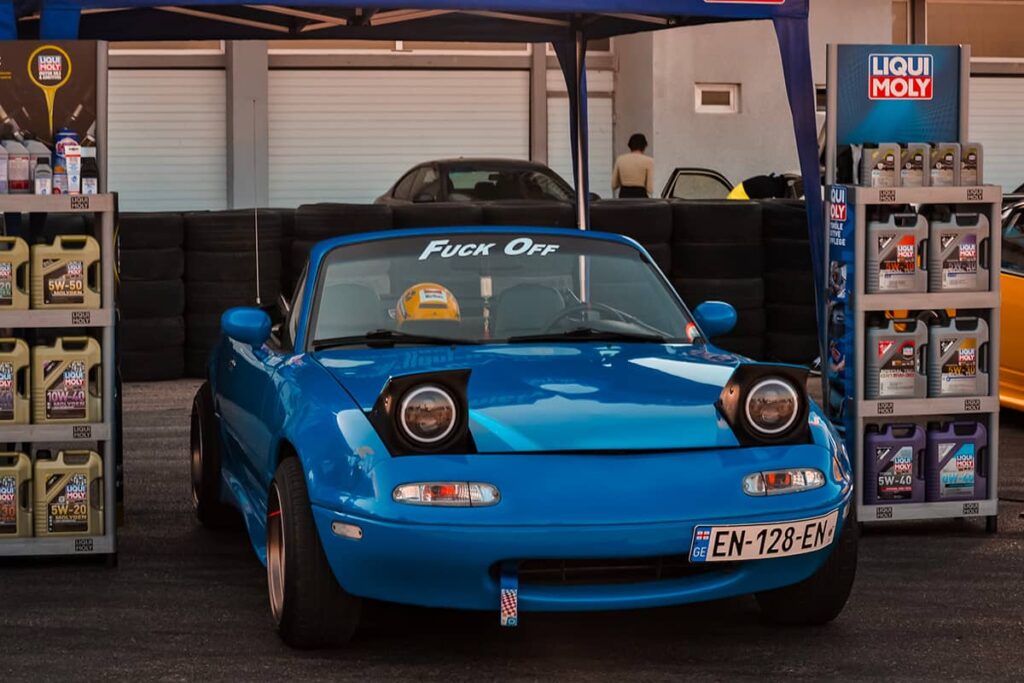
Driving a Convertible on Track
While convertible track days can be great fun, extra precautions should be taken when piloting these thrilling open cockpit cars at speed:
- Remove loose items – Safely stow any loose floor mats, gear, etc. that could fly out at speed.
- Install proper restraints – Use 4/5/6-point harnesses for maximum safety.
While convertibles do have inherent compromises for track duty, they can still be piloted quickly and safely with proper planning and restraint. The thrill of top-down lapping makes it all worthwhile!
Racing Convertibles
Beyond tracking for fun, some ambitious cabriolet pilots choose to race wheel-to-wheel. There are a few popular amateur road racing classes that allow convertibles:
As convertible racing continues to grow, more wheel-to-wheel series are opening up to properly-prepared drop-tops. But they do present some unique challenges…
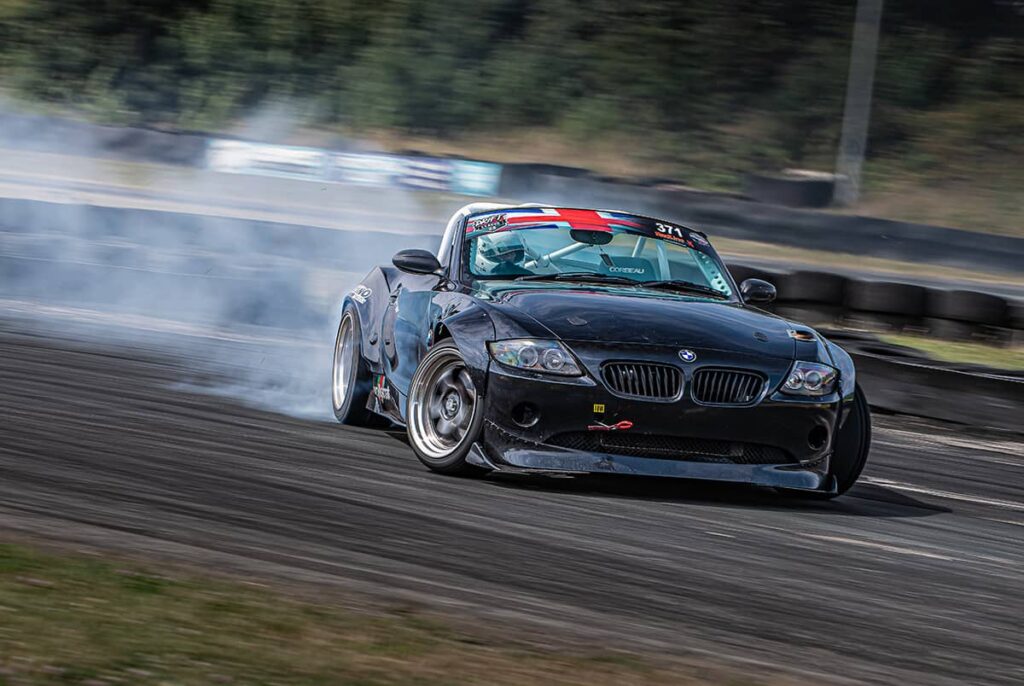
Top Up vs. Top Down Driving
On track, should you put the convertible top up or down? There are pros and cons to both configurations:
Top Up
- Increased chassis rigidity – With the top fastened, the body remains stiffer allowing for better handling and stability at the limit.
- Improved safety – The top provides protection from wind and debris.
- Lower interior noise -top up decreases in-cabin db levels allowing you to better focus on car and engine.
Top Down
- Thrilling open-air experience – The rush of sensory sensations with wind in your hair can’t be replicated top up.
- Engine sound – Hear your exhaust note reverberate off walls for the full auditory experience.
- Weight reduction – Removing bulky convertible tops sheds pounds from higher center of gravity (on a track car).
Most drivers opt for completing their sighting laps and initial sessions top up to get acquainted with new tracks. Lower the top once comfortable. Cooler days or rain calls for staying covered. Use your best judgment on conditions.
Either way, keeping your wits at speed is a priority. Leave showboating and selfies for the paddock!

Expert Opinion
As a proud convertible owner for over a decade, I’ve had the pleasure of logging thousands of exhilarating top-down miles on winding backroads and scenic coastal routes. However, nothing quite compares to the visceral thrill of driving a roadster on the racetrack. The intense G-forces, screaming engine notes, and rapid direction changes get your adrenaline pumping like nothing else.
Through extensive track time, I’ve learned convertibles can absolutely be driven hard and fast safely with proper preparations. The keys are installing a safety rollbar, using harnesses/arm restraints, marking sight lines, and taking a patient approach to build confidence gradually. With my NB Miata, I added a bolt-in rollbar before attending any events, along with racing seats and 4-point belts. I also placed small tire marker stickers on the front corners so I could better judge the extremities of the curvaceous bodywork.
My first few sessions were dizzying yet exhilarating, so I focused on learning the tracks before upping my pace. As I grew accustomed to the unique dynamics of an open cockpit car at speed, I began chasing lap times. While convertibles do have inherent compromises in rigidity and rollover risk compared to coupes, they deliver an unrivaled sensory experience that keeps me coming back. These thrilling machines demand respect at the limit, but mastering their art makes every hair-raising drift and G-force-inducing turn completely worthwhile. If you are not sure if convertible cars are worth it in terms of safety, but still want to feel the wind in your hair, you should definitely take a look at Targa top cars.
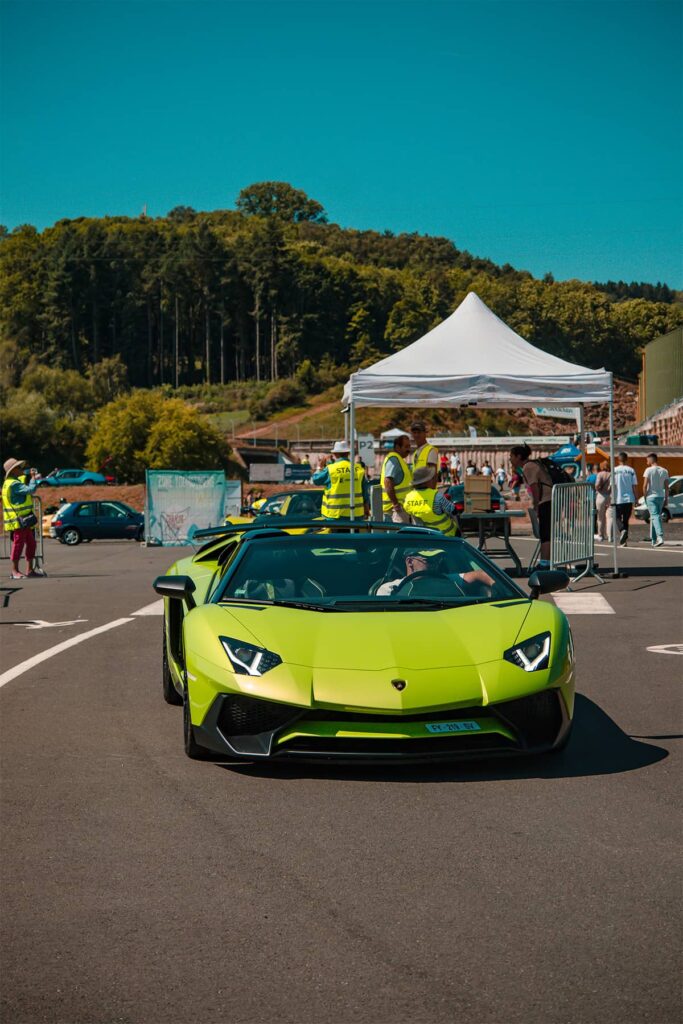
Conclusion
While certain tracks prohibit soft-top convertibles, there are ample driving events, schools, and race series that embrace these thrill-seeking ragtop rocketships. With prudent safety preparations like rollbars, restraints, and marked sight lines taken, you can safely and responsibly enjoy lapping days feeling the rush of wind in your hair. Just be sure to properly secure the top, drive smoothly, and monitor temps.
So shed your notions that convertibles don’t belong on track. With a little extra diligence, your drop-top dreams of racing door-to-door or logging PB lap times can absolutely become reality. Now get out there, stow your floors mats, buckle up, and go chase apexes topless!
Frequently Asked Questions
A rollbar consists of a hoop behind the driver along with bracing to provide rollover protection, while a rollcage is a more complex structure with multiple protective bars surrounding the entire cockpit.
Yes, you should always use harnesses paired with rollbars or cages to prevent the driver from hitting the protection in an accident. Arm restraints are also highly recommended.
Some venues require convertibles to have rollover protection, restraints, removed loose items, and meet safety tech requirements before allowing them to drive on course during events.
In-house writer and editor at CabrioNation. I've been a lifelong fan of convertibles ever since my first car, a well-worn Bimmer convertible that I learned to maintain from the ground up. Since then I've owned many soft and hard top models, becoming an experienced DIY mechanic and care taker. I also run a small repair shop and rental service in Montpellier, where I get to share the wind-in-your-hair feeling with customers while also helping fellow cabrio enthusiasts on maintenance and top repairs.



This gets me pumped to take my Miata to the track! Great info on safety preparations so I can enjoy top-down lapping days.